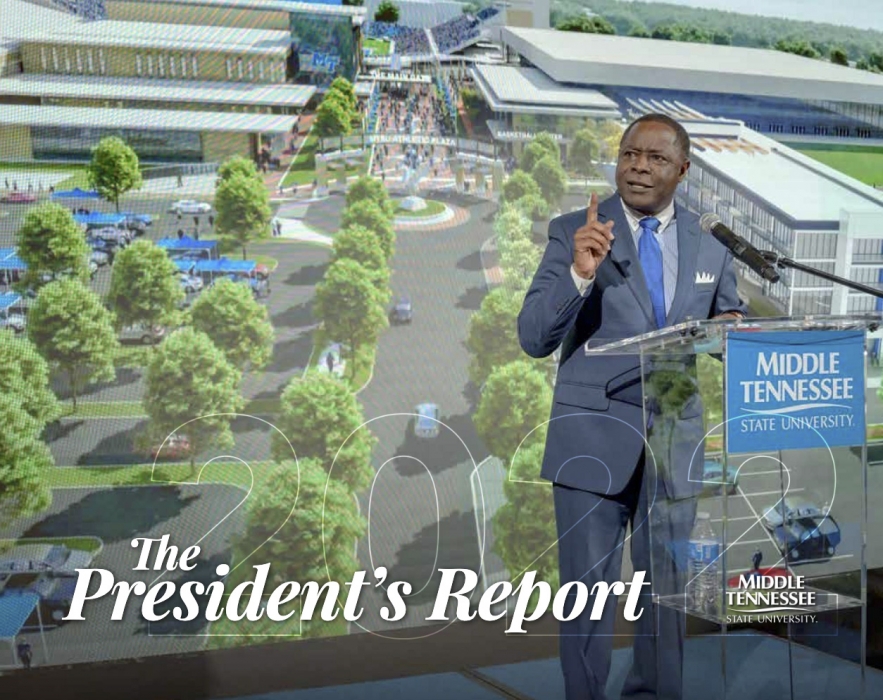Response to Recommendations on Restructuring of Colleges
| April 21, 2010
Filed Under: Speeches and Statements
[view the full pdf here]On April 1, 2010, Dr. Diane Miller, Interim Provost, submitted the Proposal for Restructuring Colleges in response to a recommendation from my May 21, 2009, final report for Positioning the University for the Future. In that 2009 report, the Provost’s Office was charged with working with academic leaders and faculty to review the overall college structure at MTSU and offer a viable restructuring model for campus review and my approval. Prior to the April 1 submission, three iterations of the proposed restructuring document were presented to the University community--the initial proposal in October, a second in November, and a third in December. The last of the three submissions resulted in my extending the deadline for a final proposal just prior to the end of the 2010 spring semester. This extension was granted at the request of the Faculty Senate Liaison Committee to allow additional time for the academic leadership and faculty to provide added feedback and address critical concerns with the previously proposed models before any ultimate decisions were made.
Before offering my responses to the recommendations in the latest proposal, I would like to thank Dr. Miller and her staff for the hard work that they put into the development of the very comprehensive report submitted to me on April 1. In addition, I would like to thank our deans, department chairs, faculty and all others for their involvement in discussions related to restructuring our colleges and for providing their input about the proposed changes.
Rationale for Restructuring
Throughout the course of this process, I was asked many times why we were considering the possibility of making changes to our existing college structure. Aside from the fact that the University had not thoroughly reviewed its college structure in more than two decades, I genuinely believe that self examination and evaluation are critical to any organization’s overall success and viability. Although this process resulted in a considerable amount of spirited dialogue and debate about how, or even if, we should reorganize our colleges, it, more importantly, provided a much-needed opportunity for us to consider the growing needs of our University, the changing expectations of our students and faculty, and the possible options for strengthening the alignment of our academic programs for increased collaboration and productivity.
As you review the approved changes and recommendations in this document, you will see that it is not the major overhaul of our academic structure that so many of our faculty and departments expressed some concerns about. It is, instead, a more manageable and cost-effective realignment of some selected academic programs and services. It is anticipated that the proposed changes will serve to enhance the quality of our students’ academic experience; increase interdisciplinary collaboration in teaching, research/creative activities and service; and provide new synergies for the University’s growth and impact in middle Tennessee and throughout the state. Additionally, these changes will provide a much improved structure through which we can positively impact our graduation and retention rates and provide increased opportunities to ensure the success of first year, transfer and nontraditional students.
[view the full pdf here]



